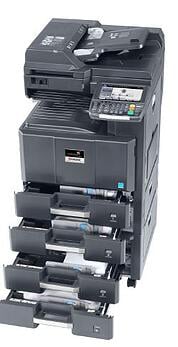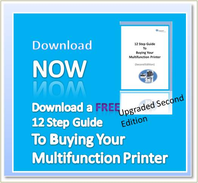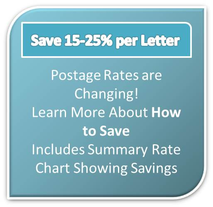There was a time when just getting a printed page from computer output was seen as a fantastic feat and how long it took to do so really was okay as long as it happened. The glory dark ages of printing and computer generated output are long over and today people expect almost instant output when they hit the print button.
The reason this has become the norm relates to the adoption of differing technologies for producing printed output and a universal understanding that computer power today can handle the compiling and production of a printed page very quickly. Thus print speed seems to be less of a concern given the basic fast performance of almost all kinds of printers. The history of printers for computing and the various technologies is well documented and anyone who wants to look at the changes that have occurred over the past thirty or so years can easily find the information.
What may not be as readily understood is how has a printer is right for any given office environment. Since virtually all of the printers used in offices today are based on similar basic technology, using a laser to form an image on the printer drum and then using that drum to bond a toner based copy onto the paper in the printer, you might think that there is little to decide between printers. If this was the case you just pick the fastest printer you can get at the lowest price and hook it up. Of course it is never that easy.
Mono still is dominant
In office use mono (black text on white paper) is still the most common and dominant form of printing. This has historically due to the lower cost of mono only devices and their lower operating costs when compared to colour devices. It also has been because mono was the only way to get good operating speeds for a laser based product. Since a mono device only uses one toner cartridge to produce the image then it makes sense the have been lower cost to operate. They also tended to take less maintenance and therefore became the standard in any office.
Early laser devices printed at 6, 8 or maybe 10 pages per minute for a general office printer but that has rapidly changed so that a basic office printer will now print at mid thirties and up to the high fifty pages per minute at a very affordable price when you look at mono only output.
Colour speed has grown
As the technology has matured colour speed for printers has grown as well. While the basics start in the mid thirties the upper range is usually closer to mid 40 pages per minute for both colour and mono output. The colour printer is more complicated as the print production uses four toner cartridges to produce the colour images, however the technology has become so reliable and robust many offices find that they can use a colour capable device as a primary tool provided they can match their demand for output to the speed available.
Paper sizes matter as well
General office printers have largely been restricted to letter or legal sized paper output since letter sized paper (A4 metric letter size in Europe) has long been the main standard of most office printing in North America. Larger format devices which can handle these sizes as well as ledger sized paper (11 x 17) have not been as dominant except in the case of copier based product. Interestingly, when copier were dominant for larger paper runs they tended to be based upon ledger sized engines even if the output was predominantly letter. This was true of early colour output as well.
Today there are many devices which produce letter sized output at very high speeds up in the range of 100 pages per minute although at the highest range they will still be ledger capable. Printer with letter/legal sizing will generally top out in the 60 page per minute range.
Multifunction devices changed the game
Once the digital copier became connected to the computer (20 or so years ago) the printer game changed. For high speed output, high volume paper handling and more advanced paper management the capability of the copier field combined with the connected print capability of the computer led to the growth of multifunction printers (MFPs) which can offer a much more robust print management capability than was available in stand alone printers. Mono only devices reach speeds in the 90 plus page per minute range and colour capable ones reach 80 pages per minute in mono with 75 pages per minute in colour. Exact speed ranges will be different depending upon brand of devices but most major manufacturers will offer equipment which is in the various categories of lower speed (40 PPM),mid speed (60 PPM) and high speed (75+PPM).
Price and operating still matter
The capital cost of a printer is affected by speed and other capabilities like paper handling and finishing accessories. Depending upon how many people will be interfacing with a device and the types of documents being produced the sizing and speed will become important parts of the decision.
The other big part of the decision and one area that is often over looked is the operating cost of the device. Some printers have long life consumables while others have lesser yields. The design of some sees many internal components being replaced with each toner cartridge while others use larger toner cartridges and long yield internals. All of these factors have an affect on the cost per page of the printer and this can have a big impact on the overall cost of your print installation.
When colour is factored in then that means cost per print is even more important since colour pages do cost more to produce than mono only. There are various strategies which can be used to match the needs you have to the right combination of cost and performance for your printing.
No matter what your printing needs are in your business it is worthwhile to take the time to analyse your needs and match your printer's capabilities to your users' output demands. Speed is one factor which can really matter as it can affect how many people can connect comfortably to one print device and also affect how reliable a device might be for your needs. Combining it with other factors will help you make sure your print solution is a good one long term. Of course consulting with a vendor who can offer you a range and expertise in helping right size a solution can help you avoid pitfalls as well.




